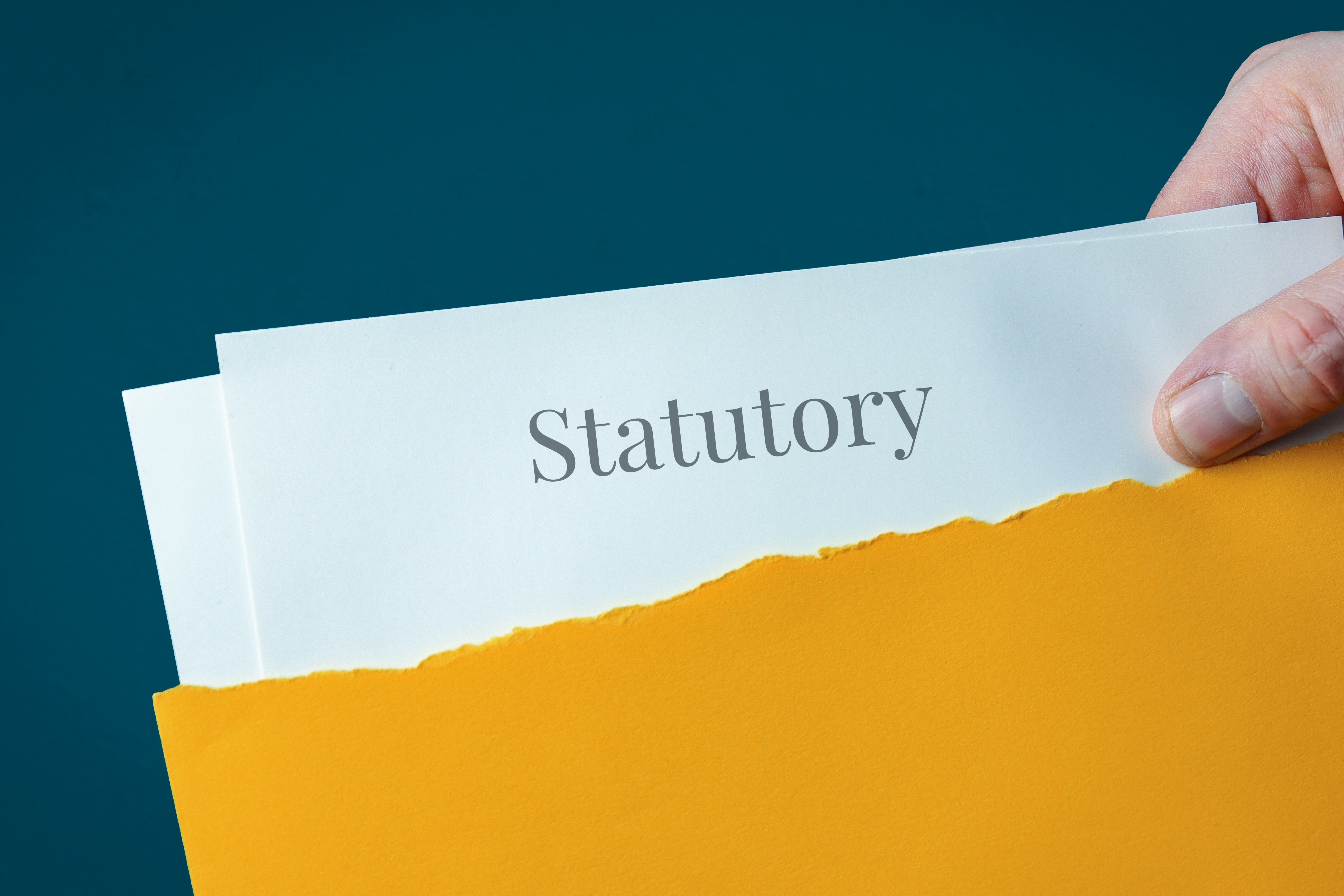Important update for financially distressed businesses and their creditors – Statutory Demands
At the outset of the pandemic in March 2020, the Australian Federal Government passed a Coronavirus Economic Response Package which included temporary measures to alleviate some of the financial hardship faced by many businesses and provide some safeguards to help them survive and be better placed to resume operations after the crisis.
From 31 December 2020, those temporary measures expired.
As a result, there has been a return to the pre-COVID thresholds and time-frames. In short, it is business as usual when it comes to the use of a common debt recovery method: the statutory demand.
Debt Recovery
Statutory demands have long been used to recover money owed by a company which will be presumed insolvent if, after 21 days after service of a statutory demand, it either fails to pay the debt or have the demand set aside or extended. The presumption of insolvency triggers a right for a creditor to instigate proceedings to have the company wound up. Generally, a statutory demand may not be issued unless the debt is for $2,000 or more and the debtor is given 21 days from service of the demand to pay the debt or apply to have it set aside.
A statutory demand can be a powerful tool for a creditor seeking to extract funds from a debt-owing company. The consequences of failing to deal with a statutory demand can be drastic for a debtor company, including being wound up and placed in liquidation.
A statutory demand
A statutory demand is a formal, verified demand issued under section 459E of the Corporations Act 2001 (Cth) (the Act). A creditor can make a statutory demand for payment of a debt as long as there is a debt which is due and payable. Companies which are served with a statutory demand have 21 days to either pay the money owed or to make an application to set aside the statutory demand.
If a debtor company fails to comply with a statutory demand or have the demand set aside, a presumption can be made that the debtor company is insolvent and an application made by the creditor to have the debtor company wound up.
A debtor company served with a statutory demand has 3 options available to it if it wants to avoid a statutory presumption of insolvency:
- pay the amount demanded by the creditor;
- reach a compromise with the person making the demand; or
- make an application to set aside the statutory demand pursuant to section 459G of the Act.
We consider below the grounds which can be relied upon when seeking to have a statutory demand set aside.
Genuine dispute
If it can be established that there is a genuine dispute about the existence of the debt or the amount claimed within the statutory demand, there will be good grounds for the debtor company to set aside the statutory demand.
The threshold for establishing that there is a dispute is low. A Court does not make a determination as to the merits of the dispute about the debt.
Offsetting claim
A debtor company can seek to set aside a statutory demand if it has a genuine counter-claim, set-off or cross-demand against the creditor company. A claim for unliquidated damages may constitute a genuine off-setting claim.
Defect in the demand
The Act places strict requirements on the form and wording of a statutory demand. In particular, a statutory demand should:
- specify the debt;
- require the company to pay the amount of the debt within 21 days after service of the demand;
- be in writing;
- be drafted in accordance with the prescribed form 509H; and
- be signed by or on behalf of the creditor.
An application to set aside a demand can be made if there is a defect in the demand and a substantial injustice will be caused to the debtor company served with the demand if it is not set aside.
Some other reason
The Court has a general discretion to set aside a demand. Examples of where Courts have found some other reason to set aside a statutory demand include:
- where there are deficiencies in the affidavit supporting the statutory demand;
- where the statutory demand has been issued to coerce an alleged debtor to pay a disputed amount;
- where the amount identified as the debt in the statutory demand is grossly overstated; and
- where the statutory demand has been brought for an improper purpose.
What to do if you receive a statutory demand?
A debtor company seeking to set aside a statutory demand must file an originating process and supporting affidavit, within 21 days after the demand is served.
The supporting affidavit must set out an evidentiary basis substantiating the grounds put forward by the debtor company as to why the statutory demand should be set aside.
The application and supporting affidavit must be served on the demanding creditor.
How can we help?
If you have been served with a statutory demand, immediate steps should be taken to obtain advice from a solicitor about your available options. That is because the 21-day timeframe for responding to a statutory demand is applied strictly and the Court will not grant an extension of time.
If you or someone you know wants more information or needs help or advice, please contact us on 03 9592 3356 or email office@citypacific.com.au or fill in our contact form.


